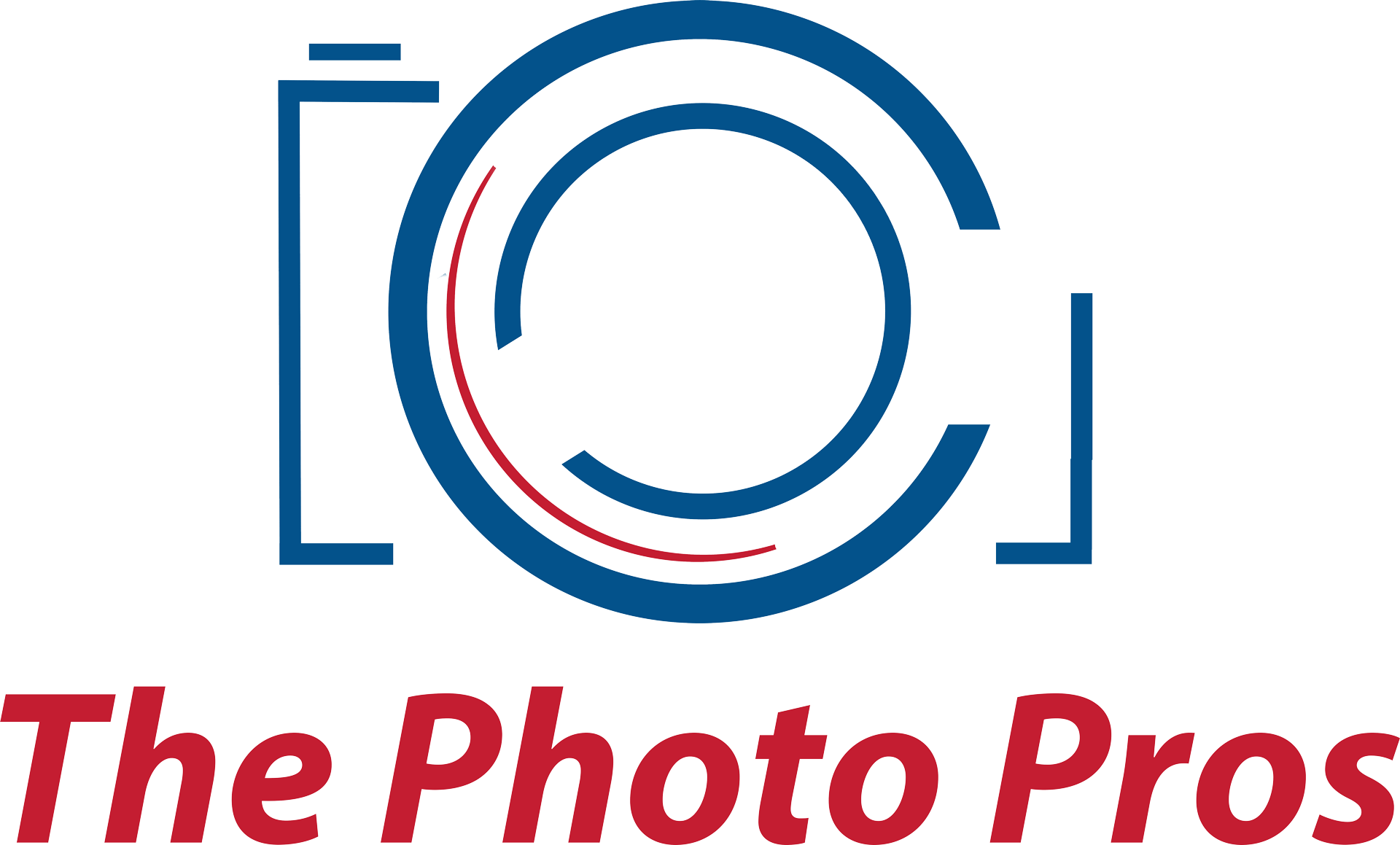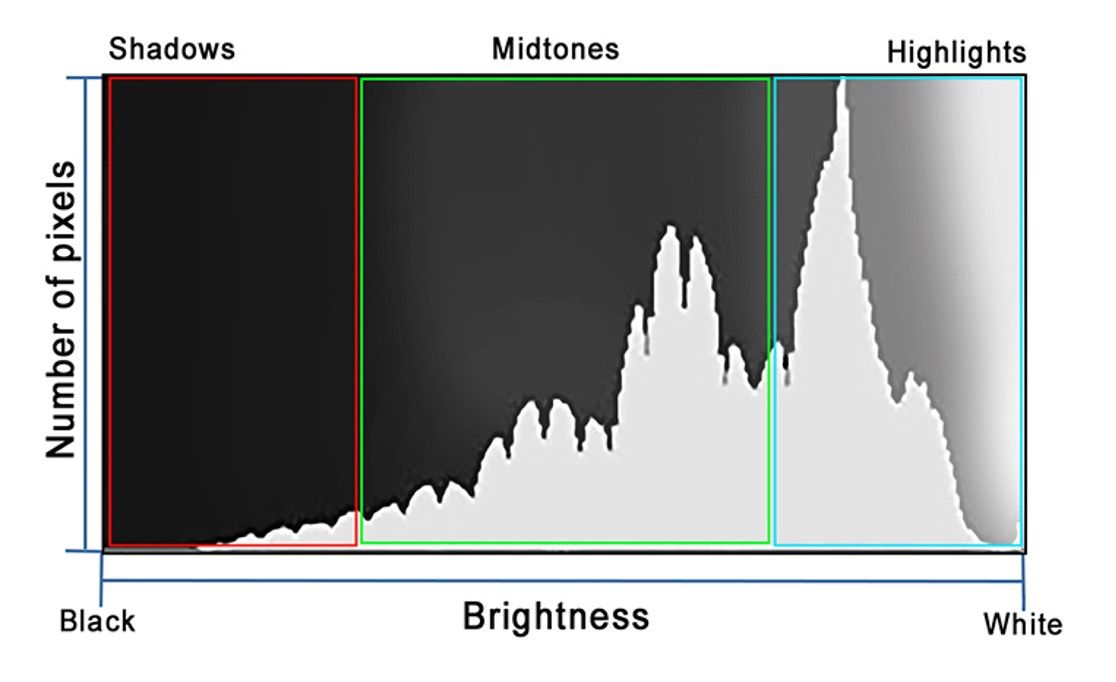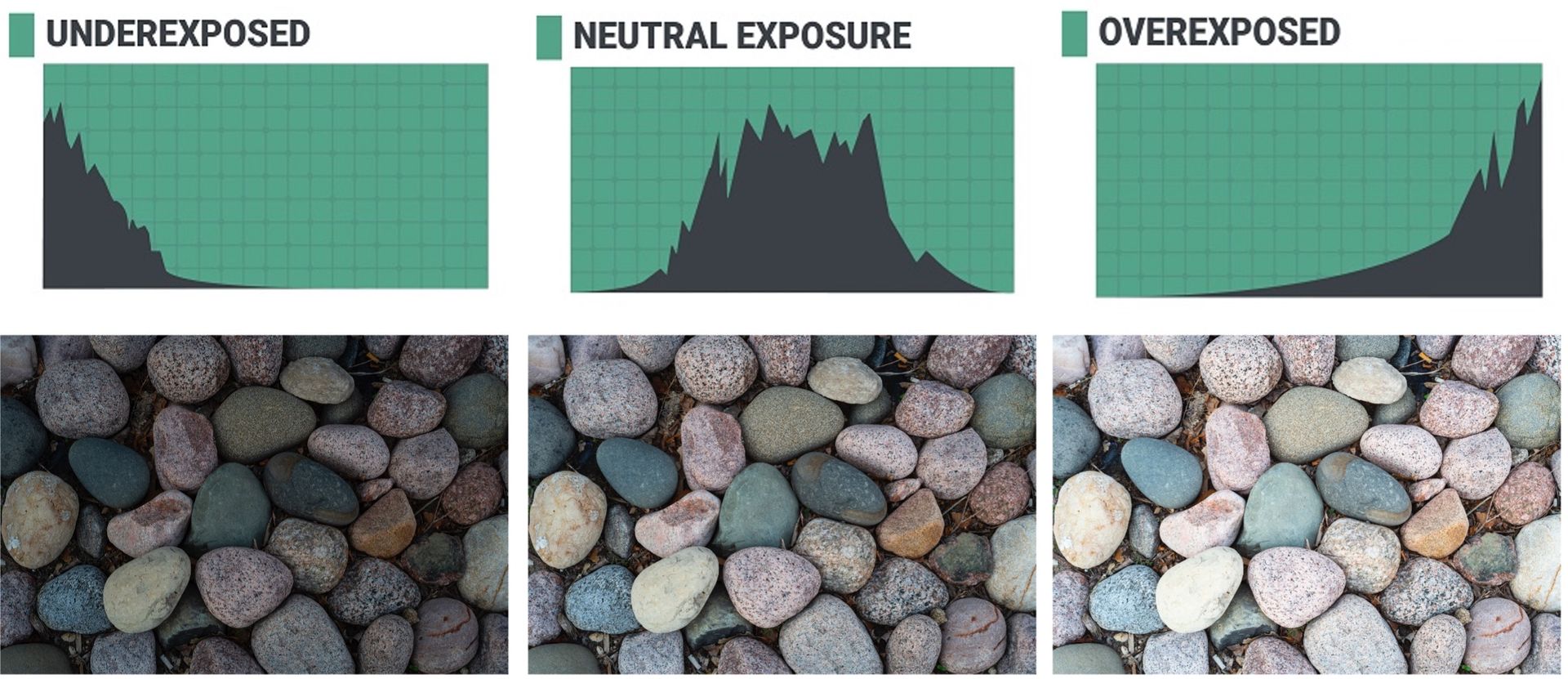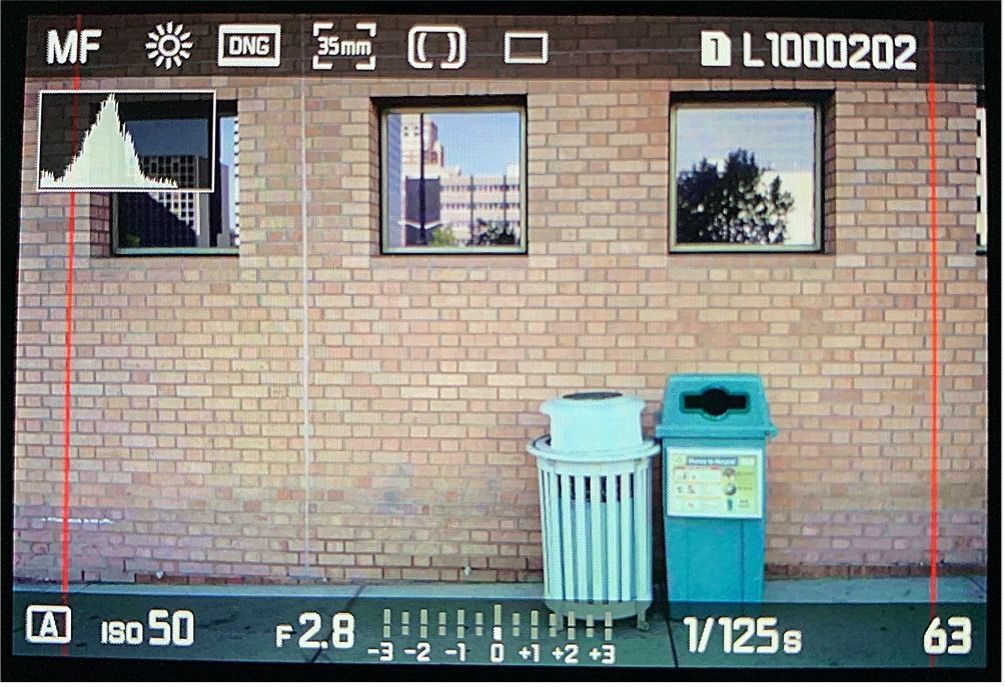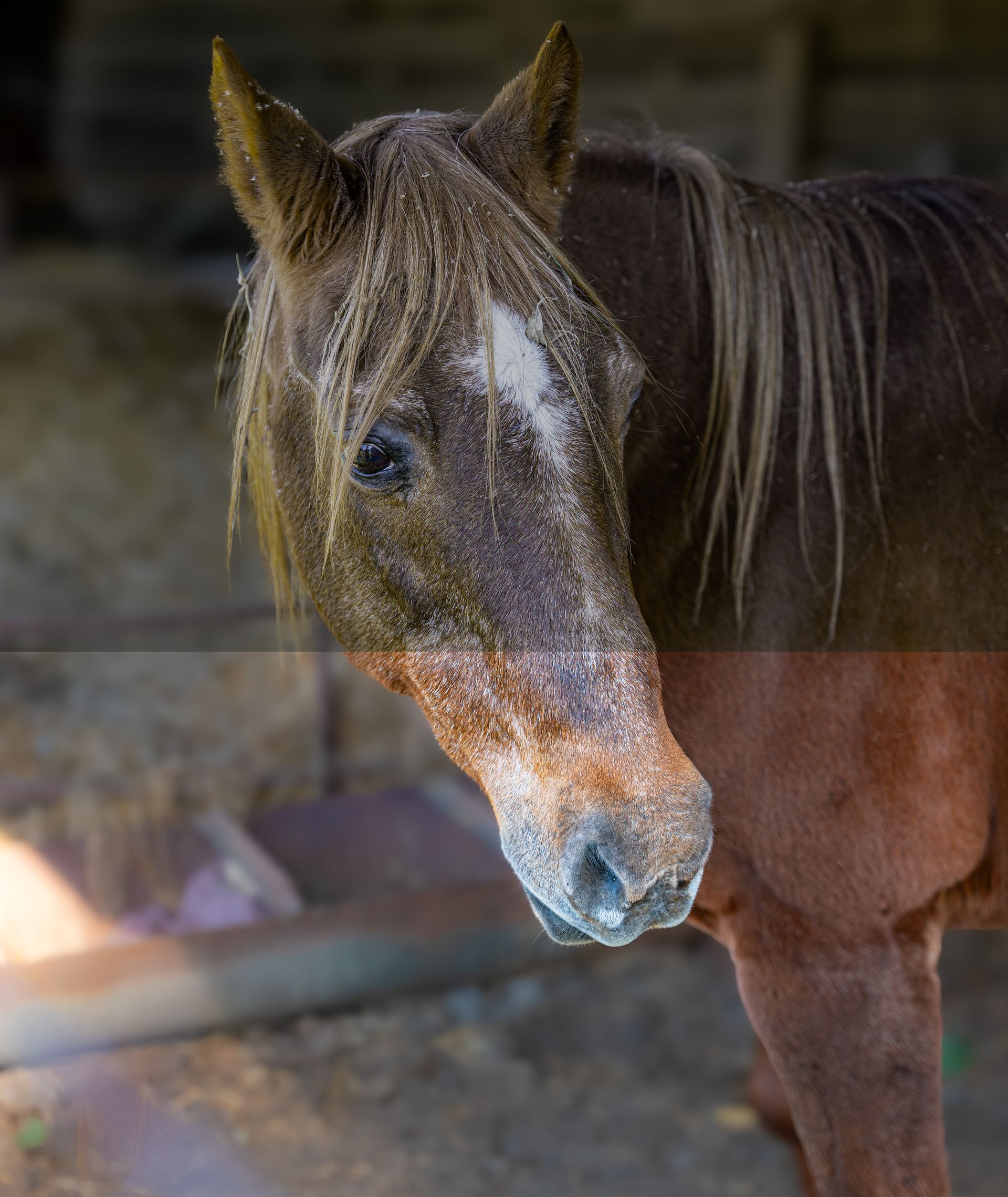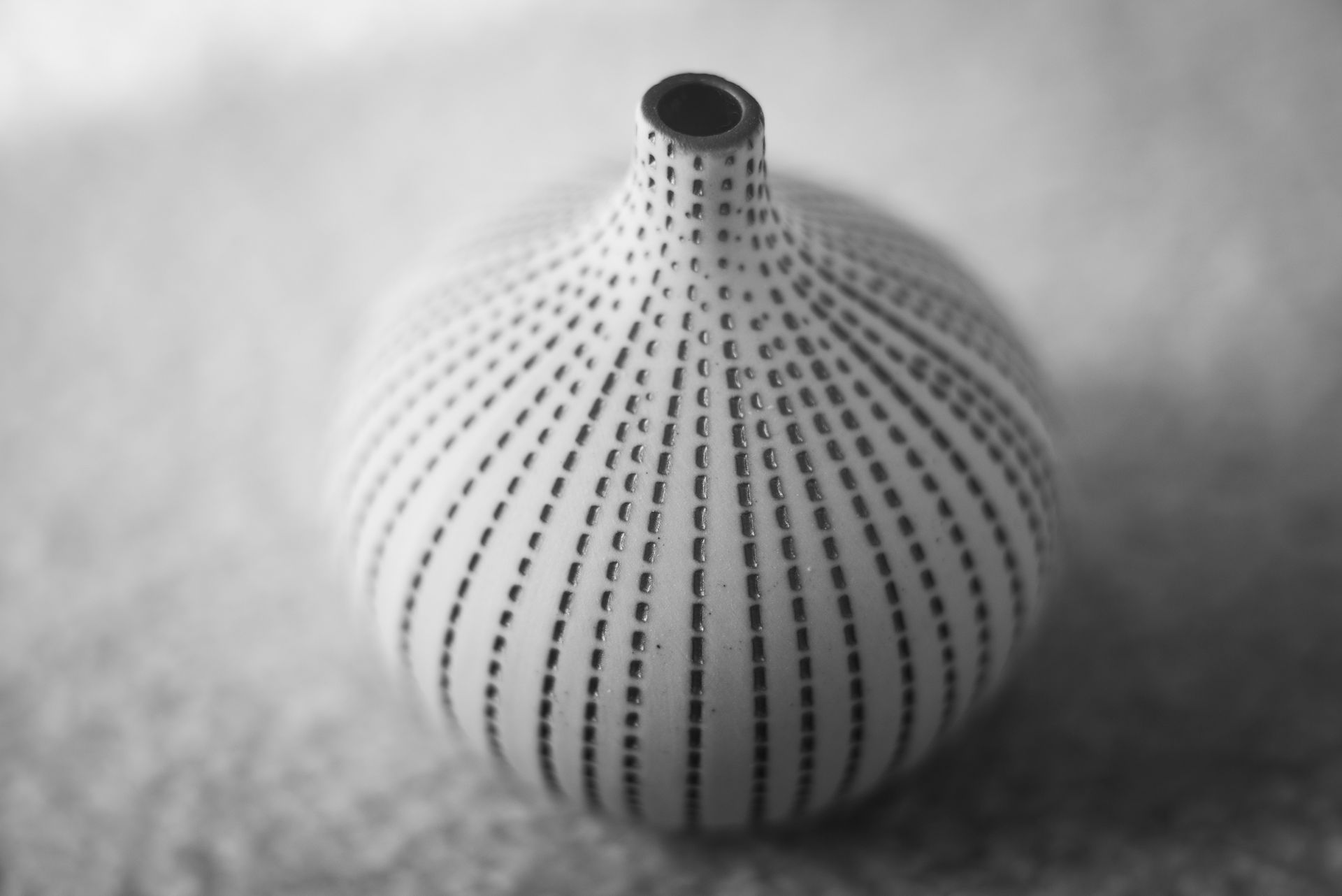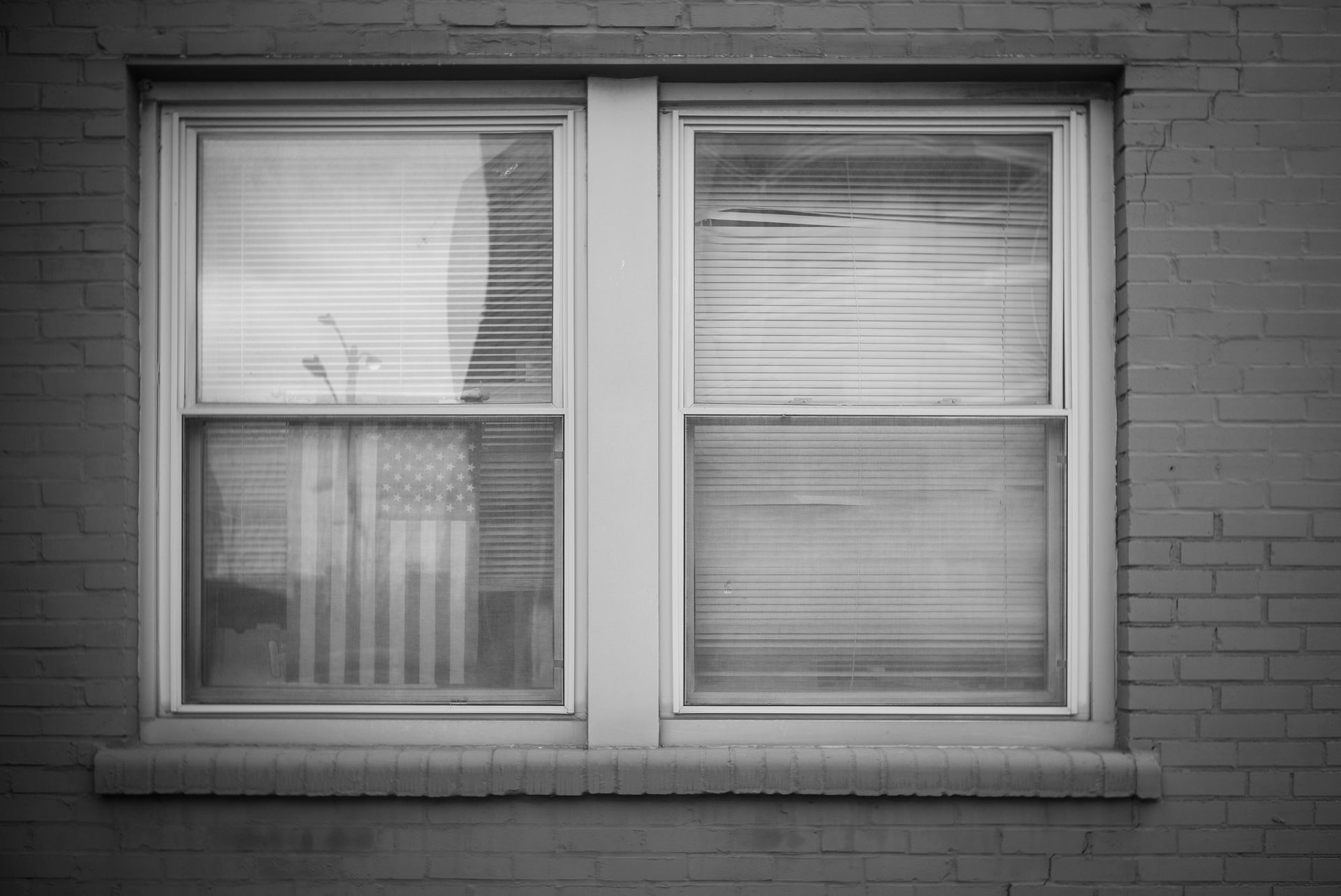About the Author:
Derek has been a photographer since his parents bought him a Kodak film camera at age 9, (which he still has by the way). Derek moved on to 35mm cameras in the mid 70’s.
He was one of the newspaper and yearbook photographers at Ladue High School and won the Kodak Scholastic Award twice for the state of Missouri in 1980. He built a darkroom in the basement and learned to process and print.
Later he became a professional photographer, after working as an assistant for several top photographers in St. Louis. He started his own photography company DL Images and went on the study graphic design and large format printing.
He has one of the largest film camera collections in St. Louis and continues to shoot film as well as digital cameras. Most of his work is black and white.
Derek recently joined the Photo Pros because he loves working with people and enjoys helping them with their photography skills. Derek was a previous Creve Coeur Camera employee and he continue to teach camera basics, film photography and more at the Photo Pros.
